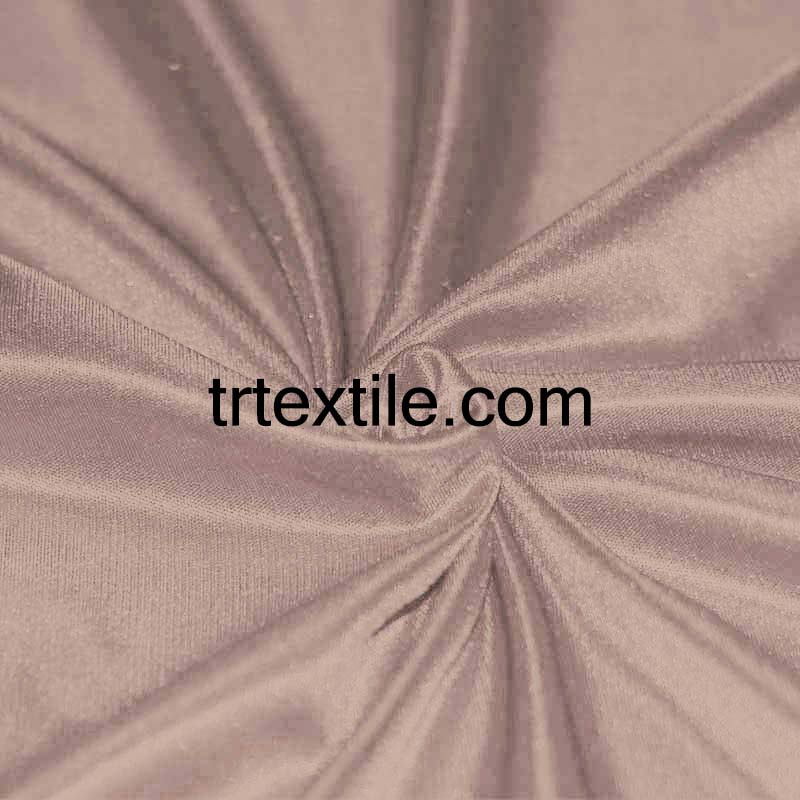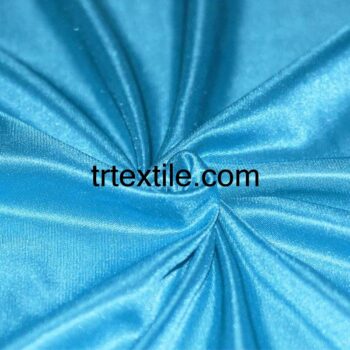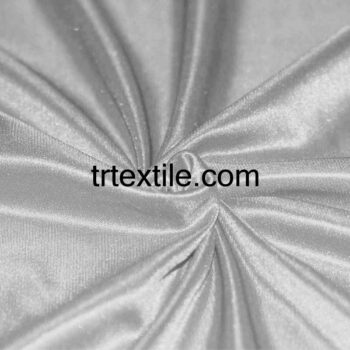Soil lining fabric, also known as geotextile fabric, is a versatile and essential material used in a variety of construction and landscaping projects. This fabric is designed to provide a protective barrier between the soil and other materials to prevent erosion, control drainage, and improve stability. In this article, we will explore the uses, benefits, and types of soil lining fabric.
Uses of Soil Lining Fabric
Soil lining fabric is used in a wide range of applications, including:
1. Erosion control: Soil lining fabric is often used to protect soil from erosion caused by wind, water, or other environmental factors. By creating a barrier between the soil and the elements, the fabric helps to stabilize the soil and prevent it from washing away.
2. Drainage control: Soil lining fabric is also used to control drainage in landscaping and construction projects. The fabric allows water to pass through while preventing soil particles from being washed away, helping to maintain proper drainage and prevent waterlogging.
3. Separation: Soil lining fabric is used to separate different types of materials, such as soil and gravel, to prevent them from mixing and compromising the integrity of the project. By creating a barrier between the materials, the fabric helps to maintain stability and prevent settling.
4. Reinforcement: Soil lining fabric can also be used to reinforce soil, providing added strength and stability to the project. By adding a layer of fabric between layers of soil, the fabric helps to distribute the load evenly and prevent settling or shifting.
Benefits of Soil Lining Fabric
There are several benefits to using soil lining fabric in construction and landscaping projects, including:
1. Erosion control: Soil lining fabric helps to protect soil from erosion, reducing the risk of landslides and other potential hazards.
2. Drainage control: Soil lining fabric helps to maintain proper drainage, preventing waterlogging and promoting healthy soil.
3. Stability: Soil lining fabric helps to stabilize soil, preventing settling and shifting that can compromise the integrity of the project.
4. Cost-effective: Soil lining fabric is a cost-effective solution for erosion control, drainage control, and soil reinforcement, helping to save time and money on construction projects.
Types of Soil Lining Fabric
There are several types of soil lining fabric available, each with its own unique properties and uses. Some common types of soil lining fabric include:
1. Woven geotextile fabric: Woven geotextile fabric is made from polypropylene or polyester fibers that are woven together to create a strong and durable material. This type of fabric is commonly used for erosion control, separation, and reinforcement.
2. Non-woven geotextile fabric: Non-woven geotextile fabric is made from synthetic fibers that are bonded together to create a strong and durable material. This type of fabric is commonly used for drainage control, separation, and filtration.
3. Composite geotextile fabric: Composite geotextile fabric is a combination of woven and non-woven fabrics, creating a material that offers the benefits of both types. This type of fabric is commonly used for erosion control, drainage control, and reinforcement.
In conclusion, soil lining fabric is a versatile and essential material that is used in a variety of construction and landscaping projects. By providing a protective barrier between the soil and other materials, soil lining fabric helps to prevent erosion, control drainage, and improve stability. With its many benefits and types available, soil lining fabric is a valuable tool for ensuring the success of any project.




